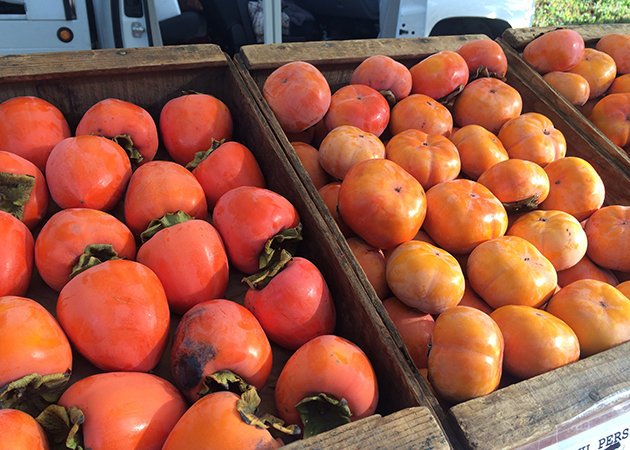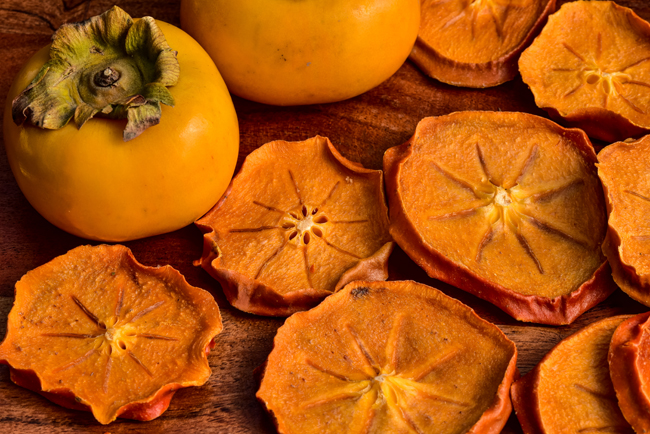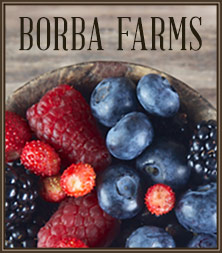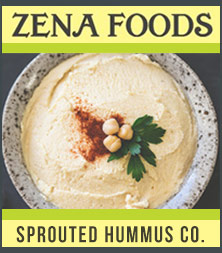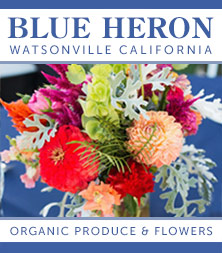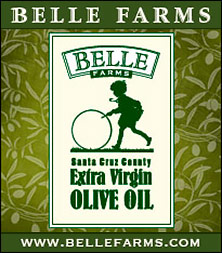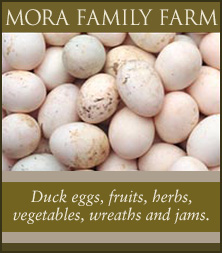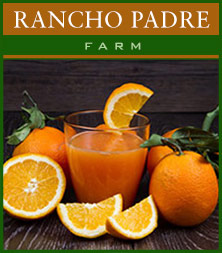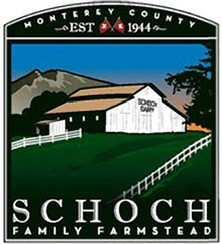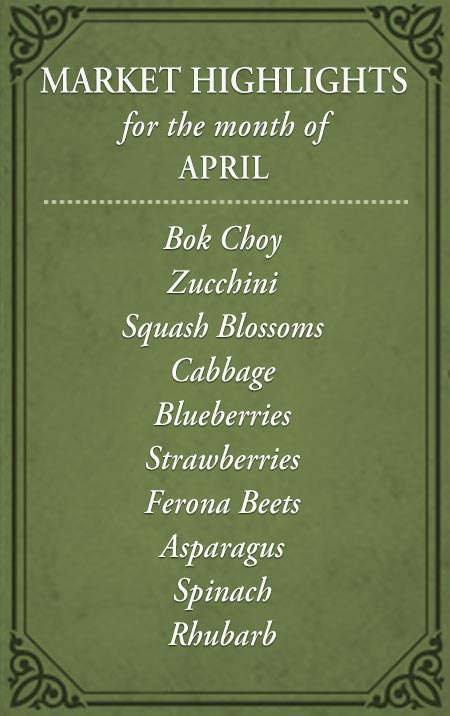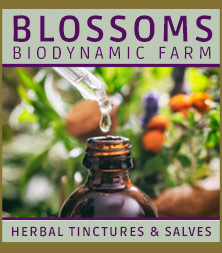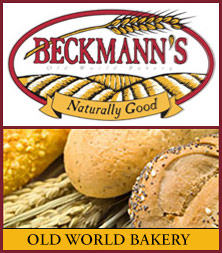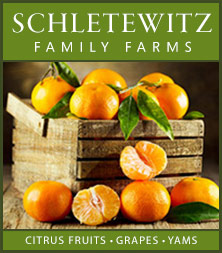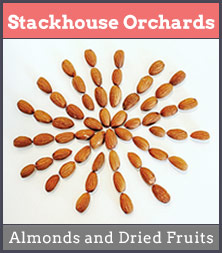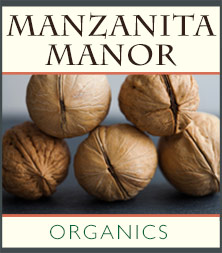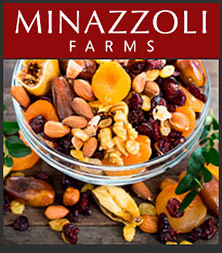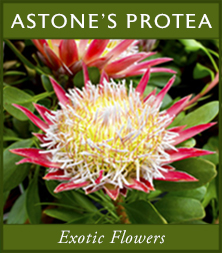A sure sign that November is here is the warm orange glow emanating from many stalls at the market. This deep red-orange luminescence comes from what is known throughout much of the world as kaki (a Japanese word, pronounced ‘kah-kee’), a fruit we know as persimmon. ‘Persimmon’ is a variant of an Algonquin name ‘pessamin’ for the native persimmon, which is a (mostly wild) fruit ranging in size from 3/4 to 2- inches in diameter.
The persimmons available at our farmers market are two types of Japanese cultivars: Hachiya and Fuyu. Hachiya is the astringent persimmon and Fuyu is the non-astringent persimmon, referring to the amount of tannins the fruit has. These tannins are what give unripe Hachiya persimmons their mouth-puckering ability.
Hachiyas are the most commonly planted persimmons in the USA and are easily identified by their heart shape, with the bottom coming to a gentle point. These fruits must be eaten only when fully ripe and soft or you will get a mouthful of harsh tannins. As the fruit ripens and softens, the tannins break down. When ripe, the flavor is gently tart and lusciously sweet with a slightly fibrous jelly or pudding-like consistency. These fruits are delicious and eaten as is with a spoon, or they can be used in desserts or sauces. Persimmons can also be dried.
Most preferred in Japan and other parts of Asia are the non-astringent Fuyu persimmon variety. These are eaten while firm much like an apple and can be used in salads, sauces, or desserts. Fuyus can also be eaten when soft like the Hachiya. Fuyu persimmons are identified by their squat, tomato-like shape. They appear round, but if you look closer you will see that they have four sides. Both types of persimmon may or may not have seeds in them depending on the variety.
How to Select
When selecting persimmons, color is the key. For Hachiyas, you will need to finish ripening them at home. The color should be a deep red-orange color and slightly firm. Undertones of green or yellow mean the fruit is not quite ripe. Hachiyas will develop black vertical streaks and a little cracking of the skin when they are fully ripe. Ripe persimmons really do seem to glow from within when perfectly ripe, so look for that. When fully ripe, the pulp should feel quite soft. One way to know the fruit is perfect is to give the calyx (the stem cap with the four “petals”) a slight twist and tug. If it pulls out the fruit should be perfect. Feel it and memorize the texture.
To ripen Hachiya persimmons, put them in a closed container with an apple or banana and check daily. You can let them ripen on their own as well. Do NOT attempt to “ripen” Hachiya by freezing them as this will indeed soften them, but they not be edible. When ripe, store both types of persimmons in the refrigerator. Fuyu will last longer by several days.
If you find American persimmons, treat them as you would Hachiya. They must be thoroughly ripe as they seem to pack even more tannins than their larger relatives!
Besides tasting great, persimmons make a beautiful table decoration for the holidays. Pick up persimmons at Mora Family Farm, Minazzoli Farms, and Webb’s Farm among others. If you wish to try native persimmons, see Lowell at Webb’s Farm.
RECIPES: How to Make Dried Persimmon Slices, Old Fashioned Persimmon Pudding, Ginger Persimmon Sauce, Shrimp Cocktail with Persimmon Pomegranate Salsa, Spicy Persimmon Butter, Classic Persimmon Pudding, Spinach Salad with Persimmon and Pomegranate Seeds


